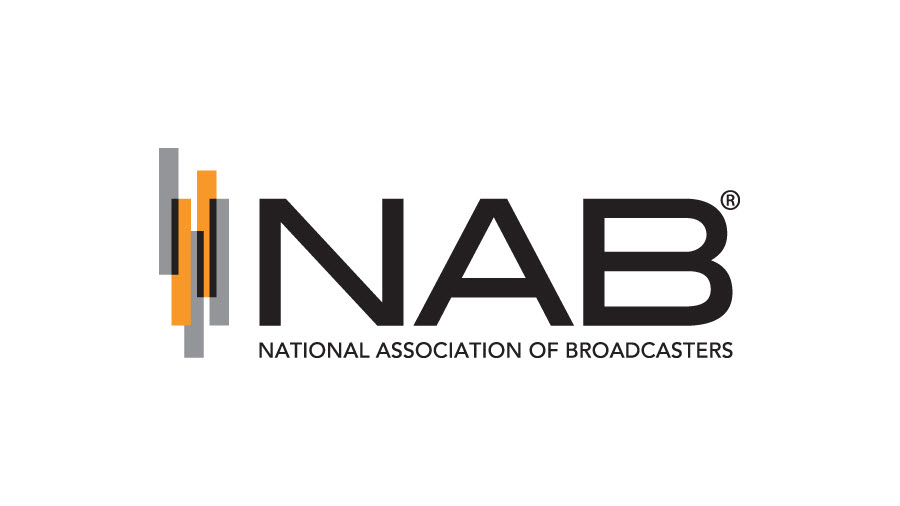NAB Faces Down Facebook Et Al. 6 GHz Compromise
Said it is inconsistent with FCC order opening up band for unlicensed

Broadcasters are not happy with a compromise 6 GHz band proposal offered up by computer companies that want to use the band for very low power (VLP) unlicensed transmissions. That is because it could concentrate unlicensed use in the band used for broadcast electronic news gathering (ENG).
Also Read: WiFi Alliance Tackles AT&T ^ GHz Challenge
The compromise proposal filed to the FCC last week by Facebook, Intel, Broadcom and Cisco, attempts to avoid concerns about VLP devices in cars interfering with intelligent transport systems (ITs), like collision aversion, that operate in the adjacent 5.9 GHz band. But the solution is to prioritize that VLP unlicensed use at the top of the 6 GHz band (channels above 6105 MHz), and restrict out-of-band emissions further for operations below that.
The FCC voted unanimously in April 2020 to open up all the 6 GHz band for unlicensed, freeing up more spectrum for connecting 5G in-home devices--video streaming, video calls--and connecting IoT devices to the internet. FCC engineers concluded that the band can be shared and ENG protected, with the conditions the FCC has imposed.
The FCC then voted in November 2020 to free up the lower 45 MHz of the 5.9 GHz band for wireless broadband while transitioning the remaining upper 30 MHz to the latest iteration of ITS vehicle-to-vehicle (V2V) communications, and cellular vehicle-to-everything (C-V2X) technology.
Problem is that broadcast ENG uses the top of the band where the FCC wants to make it easier for unlicensed to operate.
In a response to the computer company proposal, the National Association of Broadcasters said the proposal could have the "perverse effect" of top loading unlicensed operations in ENG spectrum, and at a time that local newsgathering "has never been more important." It did not say during a pandemic, or when trusted local news is vital admits a sea of fake news, but NAB has made both those points frequently about the increased value of already valuable local news.
Broadcasting & Cable Newsletter
The smarter way to stay on top of broadcasting and cable industry. Sign up below
NAB said the fact that the computer companies are trying to distance unlicensed spectrum from ITS "appears to reflect an implicit concession that VLP operations may cause interference to licensed operations when VLP operations are in close proximity to licensed users."
NAB certainly agrees since it was concerned--enough to sue the FCC over the issue--that even were unlicensed not top-loaded, ENG operations like getting video from the field to the studio could easily be interfered with by VLP devices.
It points out that the FCC rejected the NAB's proposal to forbid unlicensed operations in 80 MHZ of the 1,200 MHZ in the band (as an ENG safe space of sorts) because the commission said concentrating unlicensed operations in fewer channels would increase the likelihood of harmful interference.
Also Read: NAB Slams Facebook Over 6 GHz
NAB obviously doesn't agree, but said the FCC "cannot reasonably conclude that a small reduction in available spectrum [NAB's 80 MHz safe space] would meaningfully increase the potential for harmful interference and subsequently agree that VLP operations should be concentrated in the portion of the band [above 6105 MHz] where broadcasters operate."
Contributing editor John Eggerton has been an editor and/or writer on media regulation, legislation and policy for over four decades, including covering the FCC, FTC, Congress, the major media trade associations, and the federal courts. In addition to Multichannel News and Broadcasting + Cable, his work has appeared in Radio World, TV Technology, TV Fax, This Week in Consumer Electronics, Variety and the Encyclopedia Britannica.

